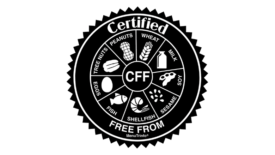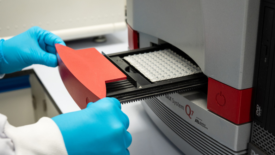Contamination Control
BIZTRACKS
Hygiena Announces New U.S. Patent for SalQuant Salmonella Quantification
July 26, 2023
Never miss the latest news and trends driving the food safety industry
eNewsletter | Website | eMagazine
JOIN TODAY!Copyright ©2025. All Rights Reserved BNP Media.
Design, CMS, Hosting & Web Development :: ePublishing










